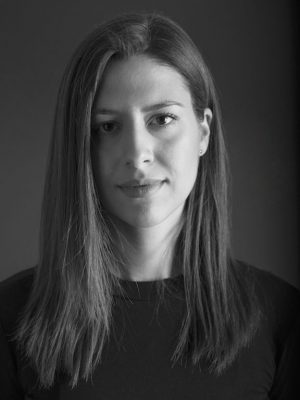
Mina Konakovic Lukovic
Massachusetts Institute of Technology
Postdoctoral Fellow
Mina Konakovic Lukovic is a Schmidt Science Postdoctoral Fellow at MIT, working in the Computational Fabrication Group led by Prof. Dr. Wojciech Matusik at the Computer Science and Artificial Intelligence Laboratory. Prior to joining MIT, Mina obtained her PhD at the Swiss Federal Institute of Technology Lausanne (EPFL), advised by Prof. Dr. Mark Pauly, as a member of the Computer Graphics and Geometry Laboratory. Her research focuses on 3D geometry processing and its applications, including architectural geometry, digital fabrication, and design of smart materials. Parts of her PhD research were supported by the Swiss National Centre of Competence in Research (NCCR) Digital Fabrication (dfab). Mina received her MS and BS both from the University of Belgrade, Faculty of Mathematics.
Research Abstract:
Recent advances in material science and digital fabrication provide promising opportunities for product design, mechanical and biomedical engineering, robotics, architecture, art, and science. Engineered materials and personalized fabrication are revolutionizing manufacturing culture and having a significant impact on various scientific and industrial works. As the new fabrication technologies are emerging, effective computational tools are needed to fully exploit the potential of digital fabrication.
My current research mostly focuses on abstracting material and fabrication constraints into suitable geometric representations. These representations are then more readily translated into numerical algorithms for computational tools. I am using the insights from differential geometry to enable designs not possible before and design new materials with specific properties and performance.
As a Schmidt Science Fellow, I plan to further work on machine learning methods to improve the efficiency of computational fabrication tools, design novel structures and metamaterials, and ultimately apply these methods to facilitate medical and robotics applications.